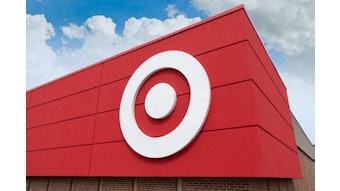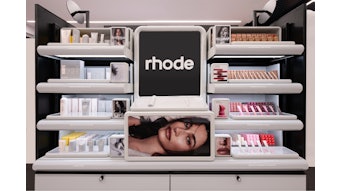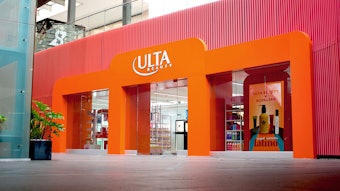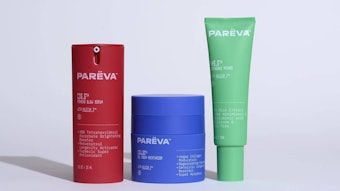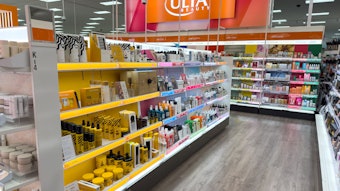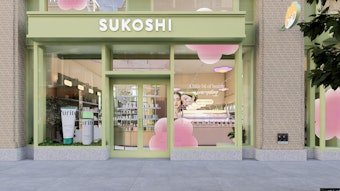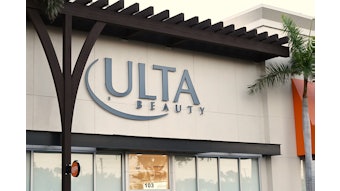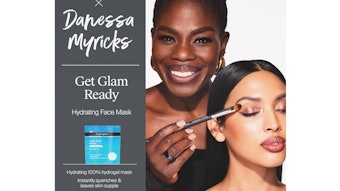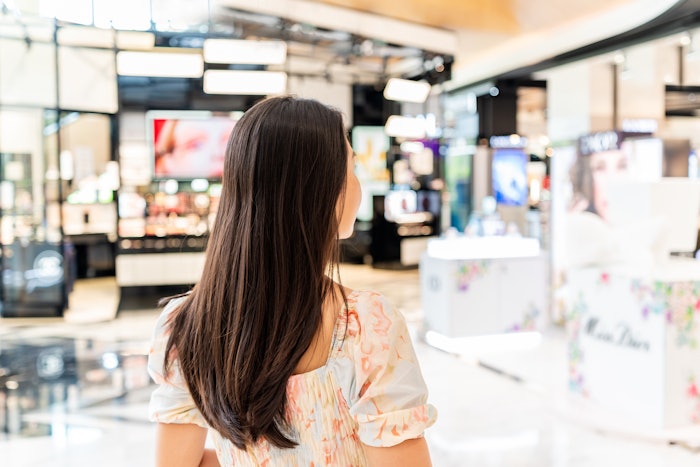

Log in to view the full article
 "Stores still matter immensely, and they will continue to do so for the foreseeable future," says author Chris Hobson. "An omnichannel strategy is virtually mandatory for today’s brands but it demands a thoughtfully considered, fully resourced approach."
"Stores still matter immensely, and they will continue to do so for the foreseeable future," says author Chris Hobson. "An omnichannel strategy is virtually mandatory for today’s brands but it demands a thoughtfully considered, fully resourced approach."
However, in just the last few years, digital economics have deteriorated for many brands, as customer acquisition costs have skyrocketed due to increased competition, algorithm tweaks and other technical changes in the key platforms.
As a result of these seismic shifts in the digital landscape, almost every brand that was focused on a digital-first strategy, be it DTC or Amazon, has had to pivot to an omnichannel strategy. But how does a brand do this successfully?
At Patchology we’ve been successfully scaling our brand with prestigious retail partners such as Ulta, Sephora, Nordstrom, and SpaceNK for several years. Through these partnerships, we’ve achieved a 70% compound annual growth rate (CAGR) since our inception, fostering a robust level of profitability.
Our holding company, Rare Beauty Brands, has acquired brands and looked at acquiring many more, some of which have not yet moved into retail, so this is a conversation I have with brand founders quite often.
Ask These Questions Before Going Omnichannel
The first and most important thing a brand can do when considering an omnichannel approach is to clearly define its go-to-market (GTM) strategy. You need to understand who your target consumers are and where they shop (consumer/channel fit), what channels and retailers you should enter first, second, etc. (sequencing), and which partners will help you develop your brand vs. which will help you scale it.
These considerations are the bare minimum and require a great deal of thought and analysis; your investors and advisers should be able to help you craft this strategy.
How to Know if You’re Ready for Omnichannel
You also need to take a hard look at your retail readiness and develop a plan to address any outages. To succeed in retail, you will need high quality products that are fully compliant with all relevant regulations, packaging that resonates on the shelf, unit economics that will enable you to be profitable, and a supply chain that can respond to higher volumes, technical requirements (e.g., electronic data interchange [EDI]), and shipping instructions.
And you may need more capital and a more robust team to do these things well. At Patchology we are blessed with highly rated, award-winning products and a very high net promoter score (NPS).
On top of this foundation, we’ve designed beautiful, contemporary packaging that resonates on-shelf and a robust supply chain and back office to meet the needs of our global partners. All of these have been critical as we have navigated the omnichannel journey.
Omnichannel in Action: Getting On Shelf at Retail
Once you’ve defined your go-to-market strategy and ensured that your brand is ready for retail, the next challenge is to get your products on the shelf.
Our buyers consistently tell me that they are absolutely overwhelmed by the number of brands seeking shelf space. One buyer told me she had evaluated 3,000 brands last year alone!
You have to realize that the buyers are busier and more skeptical than ever. As such, they are going to ask you hard questions about what makes your brand unique and why it should take up valuable shelf space.
Just getting a meeting with a buyer will be a challenge. You can find them on Linkedin, but cold outreach will be just that, cold. You might meet some at trade shows (we’ve had good success at Cosmoprof and Uplink Expo [the successor to the Indie Beauty Expo]), and if you’re pursuing the independent channel, online marketplaces like Faire and Bulletin can be good places to start.
But if you’re targeting major retailers like Sephora, Ulta, Target and the like, you really need to have an expert at your side, not only to get the initial meeting, but to make the brand successful over the long term.
At Rare Beauty Brands we’ve developed an expert in-house sales team that has built strong relationships with our partners, and while this is preferable, it may not be feasible for smaller brands. Consultants like KSJ Collective can really help here.
Once you’ve secured that first meeting, you need to make sure the pitch rings true. Focus on the whitespace your brand fills, the efficacy of your products, your brand’s fit with the retailer’s guest profile, and the buzz and traction you’ve achieved—especially if you’ve been successful at other referenceable retailers.
Don’t waste the buyer’s time with a long back story, a review of every team member’s background, or even detail on the ingredients in each product.
Some retailers will take your pitch and go with it, while others will want to roll their sleeves up and help you refine it.
A Recipe for Retail Velocity
Once you’re on-shelf, the only thing that really matters for you and the retailer is sales velocity. Velocity is the number of units or dollars your brand does in a given time period. To understand what velocity is needed, you need to understand the expectations of your new partner.
I find it helpful to envision the retail environment with the same funnel approach commonly used in DTC.
- At top-of-funnel you’re going to continue to do the things that drive awareness for your brand, like social, content, influencer, press etc., though you may wish to direct some of that awareness to the retailers.
- Mid-funnel is your retailer’s community, and you will need to invest in their promotional plan to help drive their guests to your brand.
- And finally at bottom-of-funnel, you need to make sure that the in-store experience is optimized, from trained store staff to compelling packaging and eye-catching display units. Depending on the selling environment you may need to invest in a field sales and training team, which you can build from scratch, or outsource to providers such as Beauty Barrage.
Omnichannel is Critical for Beauty, But Must Be Done Right
Digital channels have grown dramatically over the past decade, enabling brands to achieve an unprecedented level of connection with their consumers. But it’s important to remember that beauty is a category where in-person discovery, trial and education are still critical. For all the growth of digital channels, roughly three out of every four beauty purchases are made in a physical store.
Stores still matter immensely, and they will continue to do so for the foreseeable future. An omnichannel strategy is virtually mandatory for today’s brands but it demands a thoughtfully considered, fully resourced approach.


